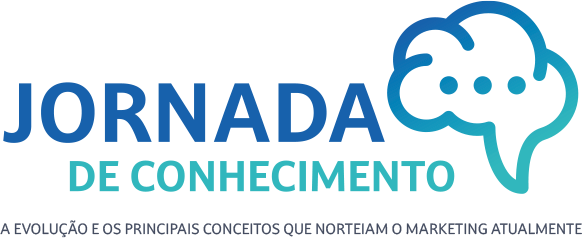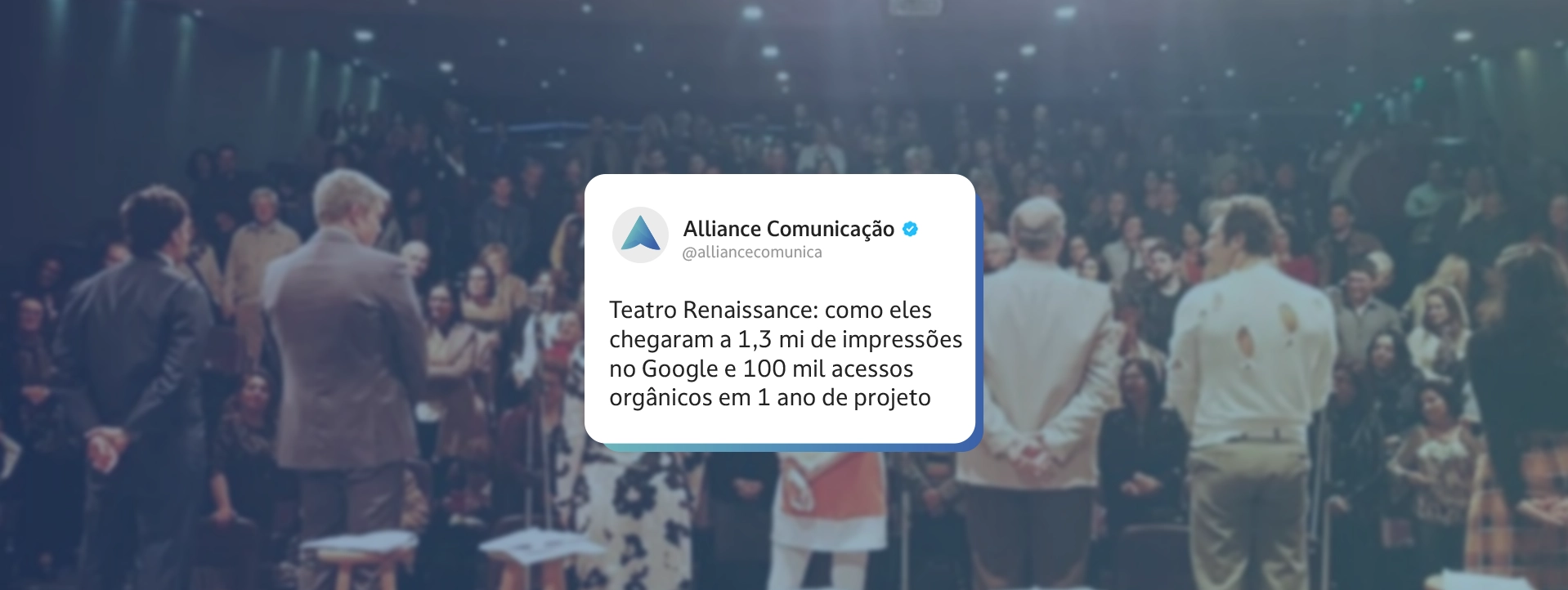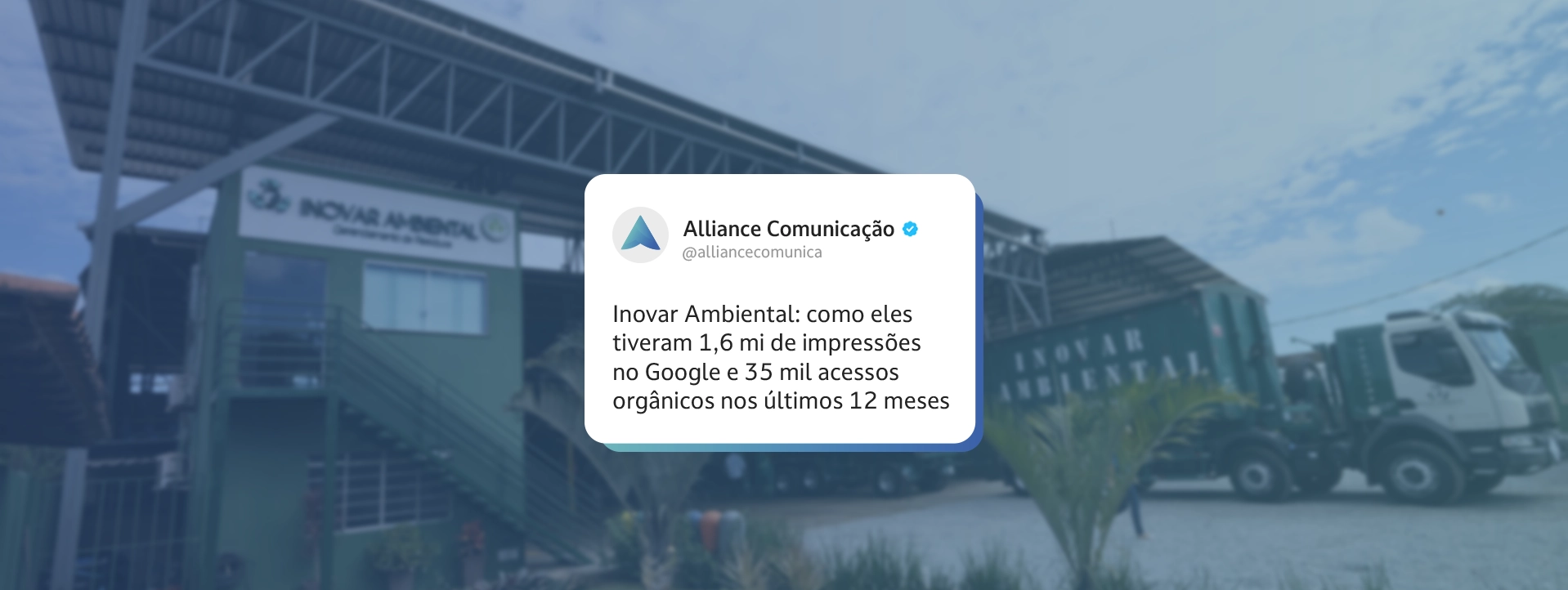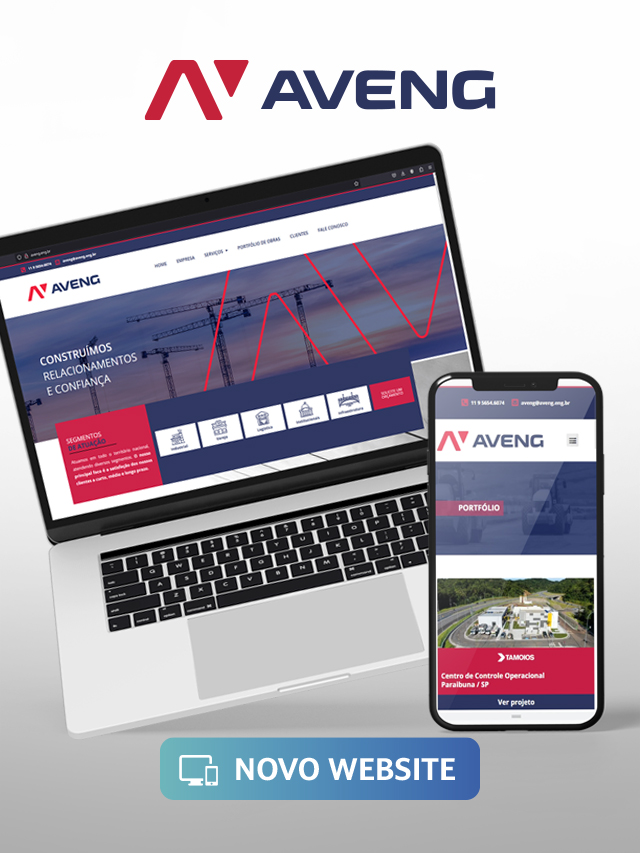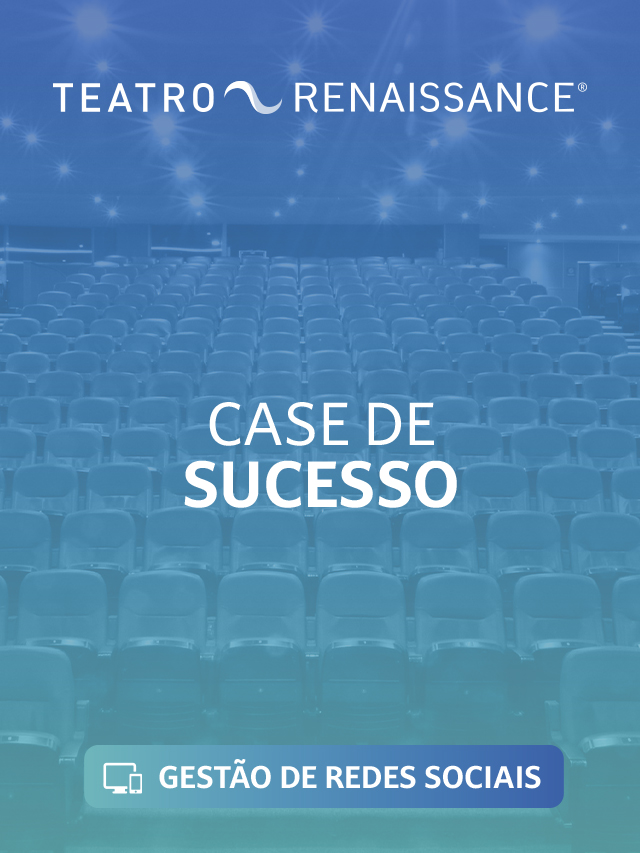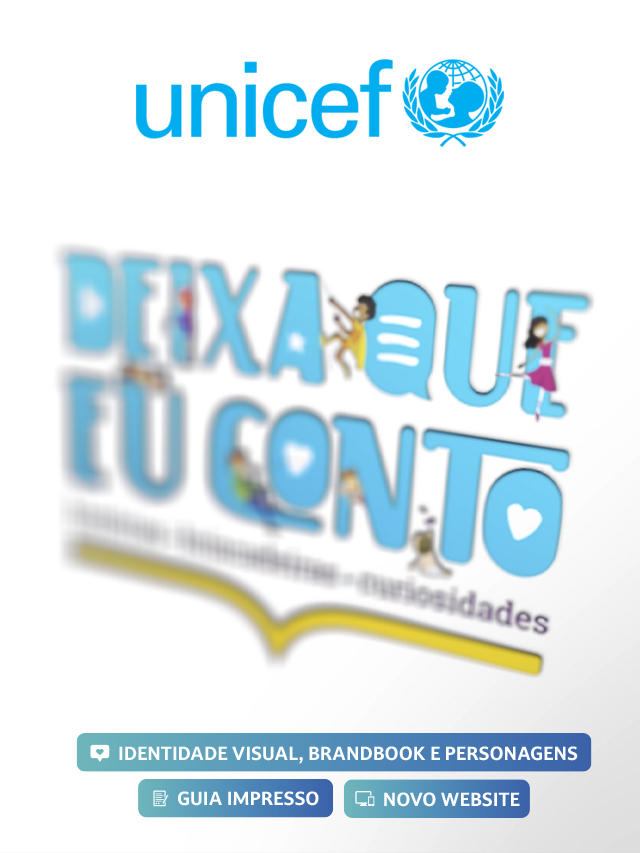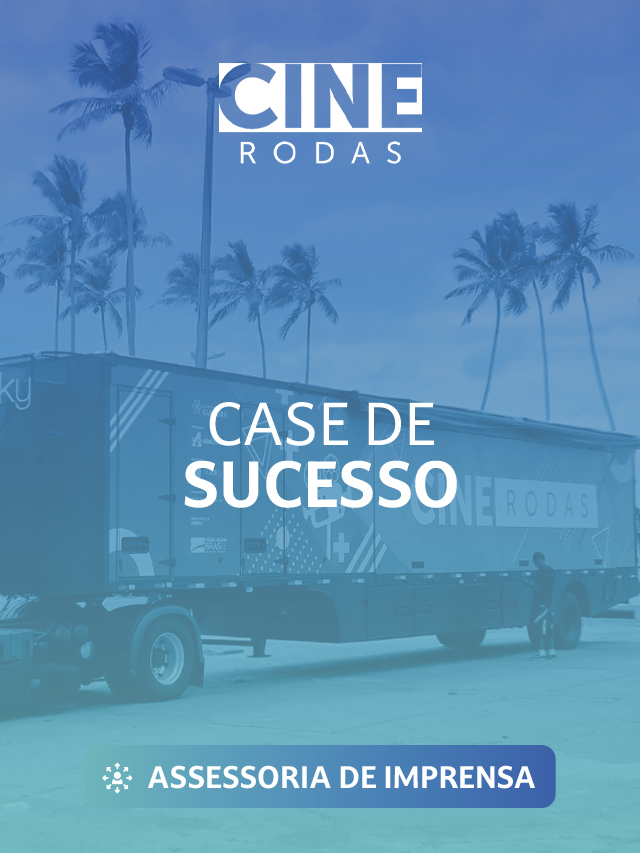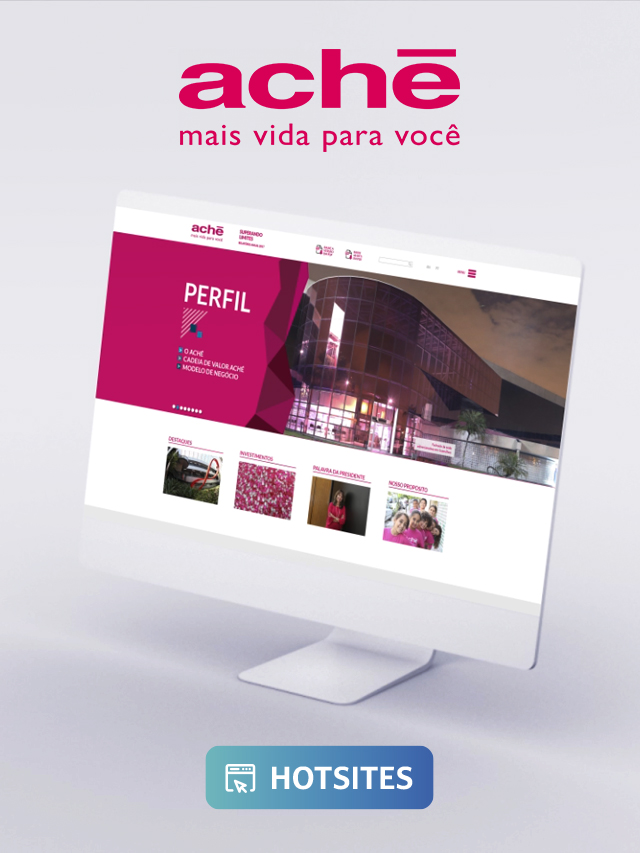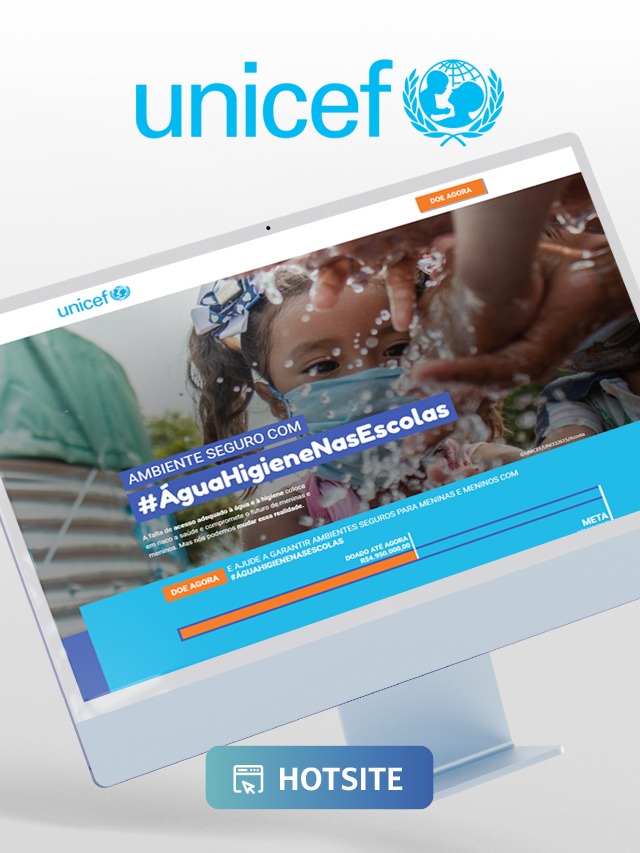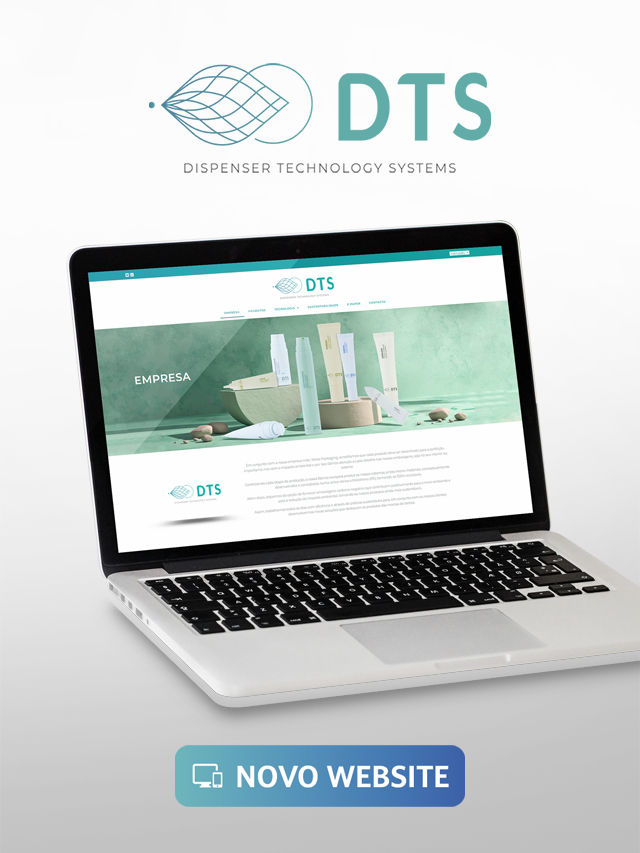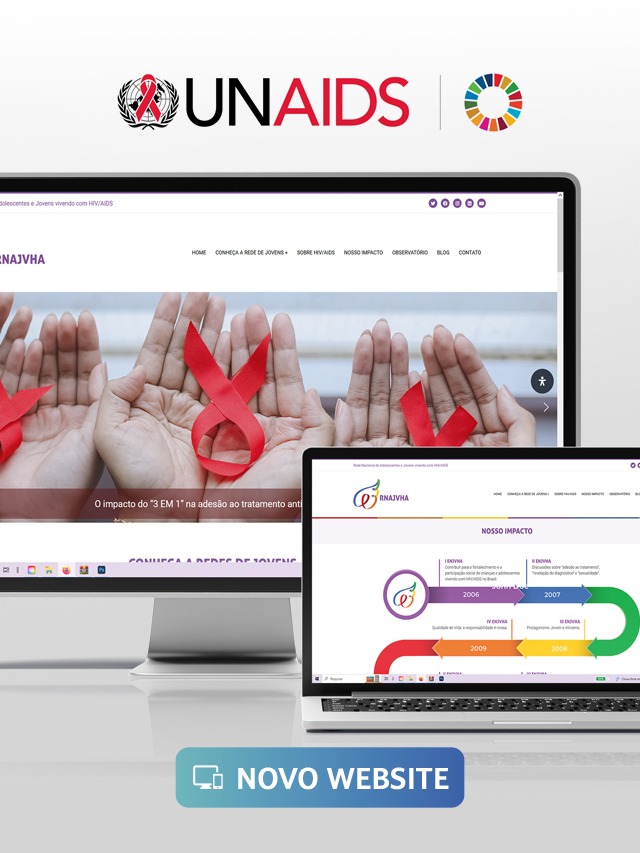The simple habit of accessing the internet to do research, read the news or communicate with other people has become practically organic in the last decade. Who has never 'Googled' quickly to confirm information in a matter of seconds, for example? It turns out that this behavior, which for many is trivial, turns out to be a great challenge for people with limited mobility.
It turns out that, in many cases, the disability is not severe to the point of completely excluding Persons with Disabilities (PwDs) from using the computer. However, in most cases, the programming development of web platforms does not take into account the need to serve blind people, with low vision, significant hearing impairment, difficulty in handling the mouse to access their digital content.
However, an accessible web platform is not restricted to democratic programming in the physical sense, limitations related to memory, attention, reading and linguistics, mathematical comprehension and visual comprehension must also be taken into account. As exemplified by the Electronic Government Accessibility Model (eMAG), a person with dyslexia may not be able to read a page properly because of poor design.
What is eMAG?
The Electronic Government Accessibility Model is a set of recommendations for federal government websites to have the most accessible content possible. The document includes a series of standardizations and follows international standards, since it is an adapted version of the international document Web Content Accessibility Guidelines: Web Content Accessibility Guidelines (WCAG) and serves as a guide for entrepreneurs in private companies.
Given this scenario, following the guiding principle of eMAG in the development and adaptation of digital content — ranging from texts to audiovisuals — welcomes people respecting their respective needs, since assistive technology resources, such as adapted keyboards and screen magnifiers, by themselves they just don't guarantee everyone's access to the content.
What is an accessible website?
An accessible website, according to eMAG, must allow all contents to be accessed by keyboard, offer a hierarchical navigation structure in the header and present content distinguished by blocks. In addition, the fields must also contain some form of differentiation other than just color, so that colorblind users are not harmed.
Furthermore, the platform must also include images with alternative text describing them. The writing resource is equally important for the subtitles that must be present in all videos, as well as the translation into Brazilian Sign Language (Libras). Audio description is another tool that should integrate audio and audiovisual media.
Implementing these possibilities also improves the ranking of your site on Google, since having a site characterized by ease of navigation allows a larger audience — according to the latest survey by the Brazilian Institute of Geography and Statistics (IBGE), there are 45 million PwDs in Brazil — access it, following the same SEO-based boosting templates.
Digital Accessibility Seal
In May 2018, the São Paulo City Hall launched the Digital Accessibility Seal. The idea is to certify private companies to follow the criteria established by national standards. Anchored in the Brazilian Inclusion Law, the seal is awarded to platforms that have at least 95% of eMAG adherence and comply with all items on the checklist for manual analysis of accessibility in portals.



